Feeder fillers everywhere, we salute you!
From Suet balls to seed cakes, not forgetting fresh water everyday, you maintain a vital lifeline for birds and animals when the weather gets tough. Of course nobody expects any thanks or praise for this beneficence, just the joy of seeing birds visiting your feeder and surviving through ’til spring is reward enough, but such generosity should be acknowledged and held up as an example to us all.
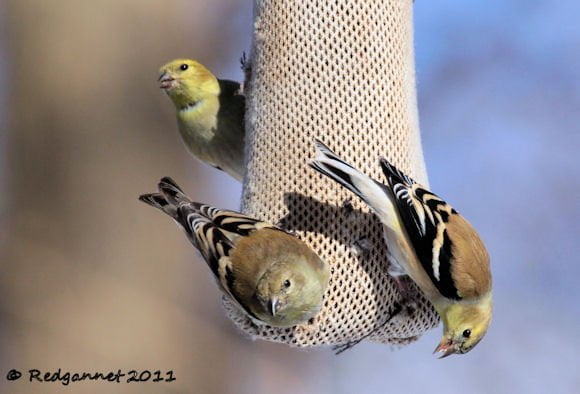
The combined efforts of millions of individuals and thousands of volunteer groups across the northern latitudes contribute to the survival prospects of countless small birds which might otherwise struggle to sustain themselves through the lean season. When a suffocating blanket of snow covers all other sources, an available and dependable supply of food and water is a life saver for many species.
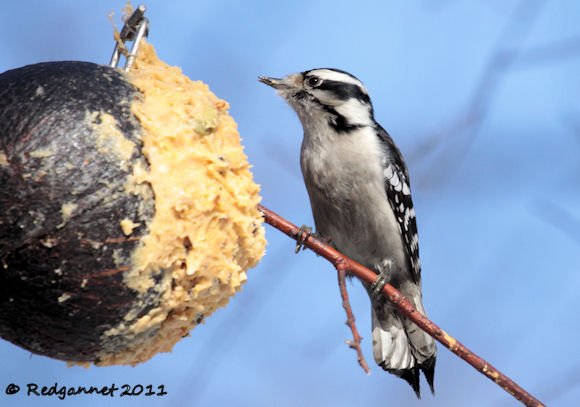
Much of their habitat that might otherwise have provided for them has been lost and it is the selfless generosity of the fillers that makes up the shortfall by ensuring that the feeders are topped up and accessible throughout the hard times.
If the birds were able to express their appreciation, they would surely want to send out a big “Thank you”, to the heroes and heroines of the half-shells.
Feeder fillers stand up and be recognised. Take a bow and enjoy the applause that will surely come in the spring when your praises shall be sung from every tree and bush.
Send us your feeder tips and hard weather survival ideas. Here’s one to start you off.
The UK ground to a halt before Christmas, under 4-6 inches of snow. My son was making a giant snowball and rolled it past a berry bush. He noticed that the snow was compacted and picked up by the ball leaving the grass beneath clear and exposing some fallen berries. This allowed birds access to the berries and to the ground before the snow had melted. He figured that making the birds natural food available to them was even better than giving them supplementary feeding. I was so proud! Additionally, the outer layer of the snowball had collected some of the fruit and made a vantage point for the local thrushes to feed and keep an eye out for those darn cats at the same time.
I know that many places get more than 4-6 inches of snow and that this suggestion may not work in 3 foot drifts, but where the opportunity presents itself, get out with your kids and make giant snowballs anyway. They may amaze you with their ideas.
And as a reminder, don’t forget the water.
In Central Park last week, I noticed birds that would normally stick to the trees, Downy Woodpeckers and Brown Creepers for example, on the ground. It was only when I came to edit my photos that I noticed a common theme. They had little crystals of ice and snow in their mouths for lack of an unfrozen water supply.
Please don’t try to break the ice on the lakes (before you think I am being patronizing, I once fell through the ice on Lake Michigan and am in no position to give advice on safe practice, or accompany small children, near frozen water), put out a shallow container, preferably plastic or wood as metal will conduct away the heat and the water will freeze very quickly.

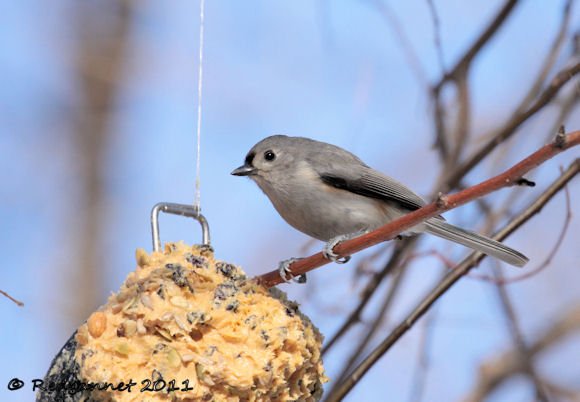
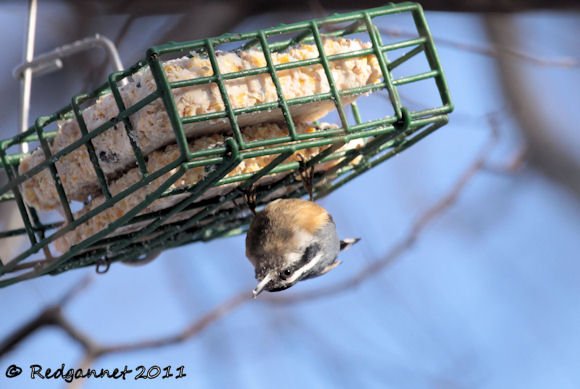
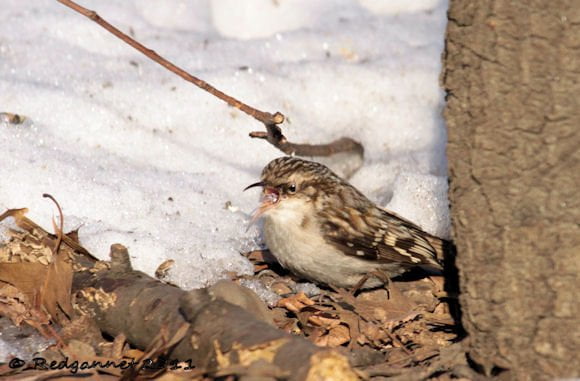










Long before I became a birdwatcher I was a birdfeeder. Here is a tip on feeding old fruit to birds and sometimes getting good photos. Fruit is often over looked by birdfeeders as in your post above. Fruit can also add to the variety of bird species seen. I shared this on my blog, here is a link to the post… Cheers!
http://fair-isle.blogspot.com/2010/11/birds-on-stck.html
Having been part of the group that kept the feeders at Forest Park full for the last two winters I can attest to the commitment, both in time and money, that goes into bird feeding. I couldn’t do it this year, but sure do enjoy seeing the birds at the feeders on the rare occasion I can get there.
Nice post, Mr T – and one of my favourite titles for a while!